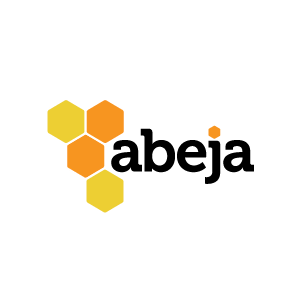5 Signs You're a Donor Keeper, Not a Player
Commit to Donor Retention for More Fundraising Success
Stephen, a friend of mine who’s a philanthropy director, had a great suggestion for something to add to our blog on top fundraising myths. Here’s what he wrote:
"One of my favorite myths is, ‘we just need new donors.’ It is true that every nonprofit needs new donors. But, so often I work with nonprofits that provide little or no stewardship to existing donors (to retain them) while constantly seeking new ones to solve funding issues. I believe it's always more cost effective to keep the donors who are giving than it is to scout for new ones.”
Stephen is so very right. In fact, research suggests it’s 10 times cheaper (and more profitable in the long run) to retain donors rather than to acquire new ones.
Individual donations still crush foundations and corporations
I bring this up because I’ve been reading some of the reactions to the Giving USA report. As of 2021, individuals like you and me still give over 3.5 times more money than foundations and a whopping 15 times more than corporations! And you do it without all the PR and spending restrictions that those other entities impose on nonprofits.
Total 2021 giving by source:
Individual donors = $326.87 billion (67%)
Foundations (including individual family foundations) = $90.88 billion (19%)
Bequests (arguably, also individuals) = $46.01 billion (9%)
Corporations = $21.08 billion (4%)
2021 Giving by Source
Make no mistake. Individuals do the heavy lifting in Nonprofitland. They’re incredibly loyal overall.
But to echo Stephen’s comment, do nonprofits steward our existing individual donors at the level their collective gifts deserve? Do we show that we love them enough?
Or do our donors feel that they come in second to us chasing new donors, foundation grants and corporate dollars?
Weak donor retention rate calls for action
The current donor retention rate (43%) suggests that many nonprofits are donor players, not keepers. We like the thrill of the chase a bit more than communicating consistently with our existing donor partners.
Industry numbers tell just one side of the story. But how about your nonprofit’s underlying beliefs and behaviors about donors?
Here are 5 signs that you’re committed to retaining your existing donors.
You believe donors are people who you want to have long-term relationships with – not customers who make short-term transactions. Here’s a test from Bloomerang: Do you ask your donors what they think, invite them over, call them up and pay attention to what they do? Those are things you’d do with long-term friends, not short-term “constituents.”
You have a written process for acknowledging and recognizing donors. Claire Axelrad outlines a 4-step approach for creating this document and making sure it drives gratitude (and retention) throughout the year.
You keep your database updated so you can connect with what different donors like. Good stewardship runs on data. Nonprofits that invest in regular data hygiene personalize their communications by program interests, preferred channels, custom ask amounts and more. In other words, they do more with less waste.
Your fundraising budget matches your commitment to retaining donors. Money talks about where your priorities lie and about what activities you’ll be able to get done. Here’s a basic template to use for your budget planning.
You reach out to your donors at least monthly and share interesting stories of how they are changing the world. Lisa Sargent suggests an “ask-thank-report back strategy” with personal thank-you notes, at least 4 story-driven appeals and 4 newsletters each year. Someone who’s interested in you stays in touch and makes you feel special. Pests only reach out when they need money.
Donor acquisition begins at home
If you’re already a keeper (good job!), then you may be ready to scout for some new donors.
Want a little advice?
Look in your own database first for lapsed donors and non-donor contacts (clients, volunteers, etc.). These people already know who you are and probably care about your cause.
This “warmer” audience likely will be more open to you (and cheaper to acquire) than any external list you could buy. And if you do buy a list, go to a broker who specializes in nonprofit acquisition – not a traditional list service that bases decisions on demographics alone.
Why? Because a person’s giving history is a better indicator of whether they’ll give than things like their income and ZIP code.
In the end, there’s little use in attracting new donors if you don’t have a plan in place to keep them. So be a keeper, not a player.

